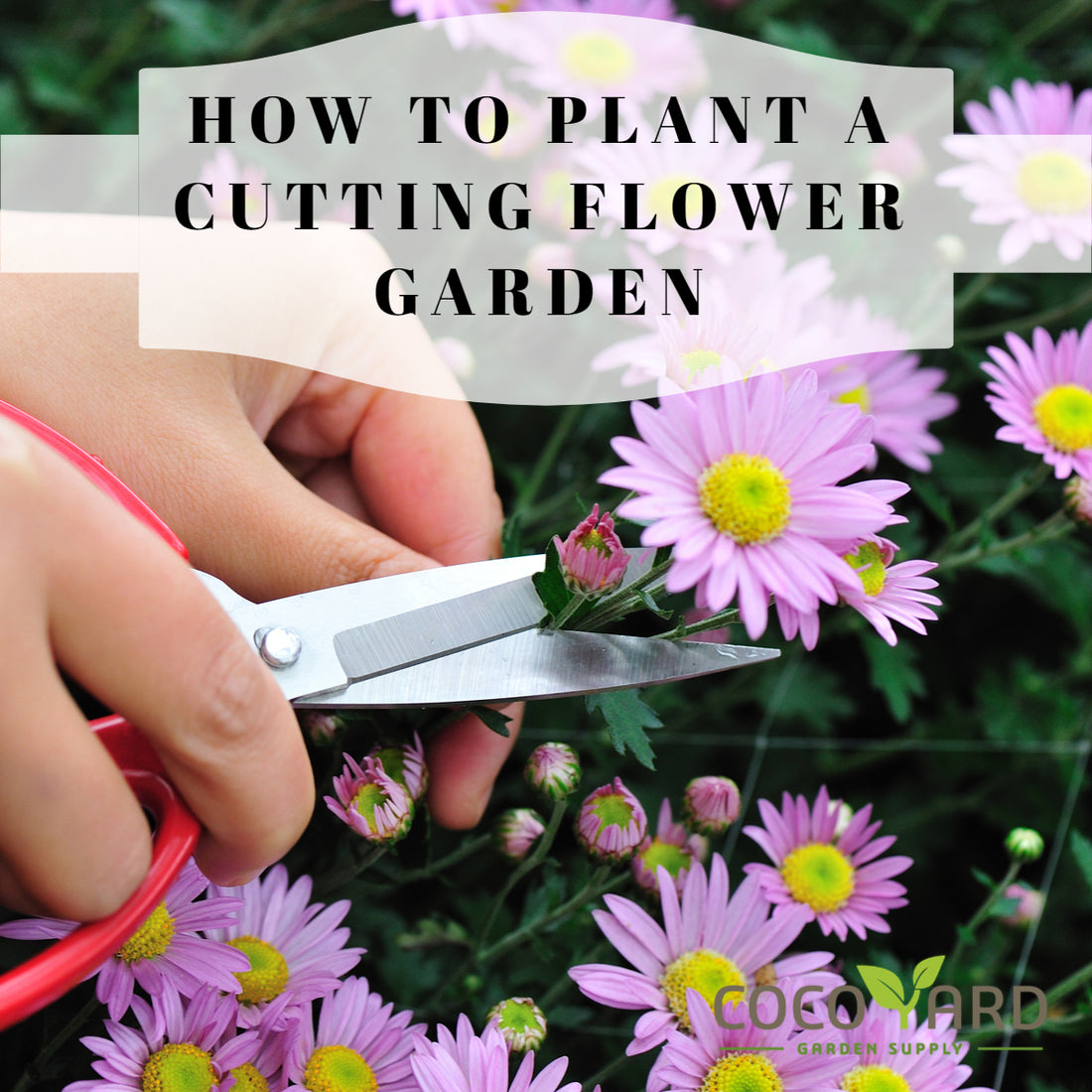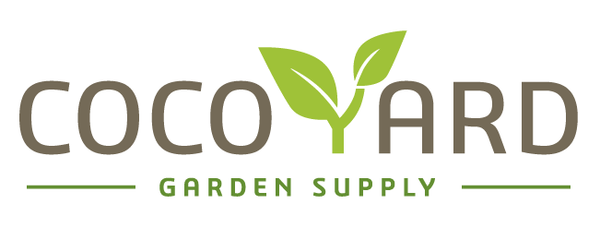
How To Plant A Cutting Flower Garden

Planning the layout of your cutting garden will make for a more enjoyable experience later on once flowers start to bloom. There are three main goals when it comes to designing a successful cutting garden: keeping the garden open, being able to access your crops when needed, and not losing any more of your hard-earned money than necessary. Let's take a look at each of these areas and how you can accomplish them.
When you’re growing flowers, one of the first things you need to figure out is how much space you have to work with. If you have an unneeded area or two, this will affect how many cutting tasks you have to complete in the growing period. Depending on the size of your yard, this can range from several hours to several days depending on how often you’re caring for smaller plants. When you do have additional space, there are two other factors you should consider.

- Design of Garden:
Gardens are the ideal setting for flower arrangements. Choose a spot where the ground is gently sloped and flowers will be easy to spread. There should be some space between rows for comfort when working. Widen that space by about four – six inches and you’ll have a really pretty area.
One of the most important things to consider when choosing a flower cutting garden is how easy it will be for you to get to and from the flowerbeds. The deeper the rows, the less time you should spend stopping and picking flowers. So, plan early to ensure you have adequate space for your vehicles and all your gardening tools. Once you have picked your location, start digging as soon as your planting time begins so that you can get started within days rather than weeks.

- Plant Requirements:
Flowering plants need water and nutrients to thrive. However, they also need privacy and protection. That's where the idea of "plant banking" comes in. Plant banks are attached to private gardens which allow walk-in access for water and fertilizer. This way, you can make sure that your flowers are getting all the needed nutrients without having to deal with traffic or opening up your garden to passersby. There are several benefits of making use of a flower garden in your yard. Aside from being able to see your flowers nearing completion, you also get to have some fresh air and sunshine on a warm day. No matter how cool it is inside, it feels so much better when it's refreshingly refreshing airy outside.
Flower cutting gardens are an excellent way to manage growing plants indoors. Indoor flower gardening provides many benefits for both the environment and your wallet. You can grow attractive, healthy foliage on any compatible surface, such as a windowsill or a patio. Indoor flowers do look stylish in trendy indoor sets; however, keeping track of all the various types of flowers you might want to include in your indoor set can sometimes be overwhelming. In addition to keeping track of your indoor set-up using available information like plant numbers, type of flower, and color/style, it also helps if you have a general idea of where each type of flower grows naturally.

- Suitable Height:
Once you have your plants grouped by their cultural needs, divide them again by their mature height. You need to keep the plants in the same order as they appeared when you laid out your garden bed. This is the height of flower-harvesting, and it’s regulated by how much sunlight your plants get. So, if there are three tomatoes that look almost exactly the same height but on different days you got seven hours of sunlight, that means they were all harvested at different times.
- Arrangement of Flower:
Identifying the right time for flower colors and bloom dates on flower beds is important for all sorts of reasons. For starters, it gives everyone an equal starting point for plant planning. If you plant your first annual in late May, you might not get as many visitors as if you started it in June. Also, if your winter flowers die off before your summer flowers arrive, you’ll have less color to coincide with the warmer weather ahead. And while your garden might look beautiful when green, once summer temperatures reach near-summer height, any gathered leaves will taste sweeter than they would if harvested early in the season.
If you’re a gardener, chances are you’re an organized person. You probably have created a plan for starting and maintaining your flower garden at least once in the past. But you may not have been as organized when it comes to cutting and re-planting those seeds. This can be a huge mistake. Roses don't grow well in sandy soil or low-lying areas of a house, and they do best in light, sandy conditions. If your garden is a place for sharing or visiting with friends and family, remember that the seeds are only as good as the conditions they germinate in. So, make sure you plant those seeds in locations that will help them grow into terrific beautiful plants.
- Mulch/Covering:
In a cutting garden, mulch is necessary. It doesn’t have to be fancy or expensive. One option is to use shredded leaves or straw. Mulch helps deter weeds from moving in while also retaining soil moisture. Mulch can be a great way to deter weeds while also retaining soil moisture. Mulch that decomposes to less than 1 inch should be replaced with fresh mulch.
Organic gardening is loaded with nutrients and caring for your local area is a delightful experience. Picking which flowers to decorate with this year is a little like experimenting with flavor combinations. There are hundreds of flowers available for everyone to enjoy. Choosing only one flower rather than several item can have a negative effect on herb development. It may seem counter-intuitive at first, but it can be beneficial your health if you spend a little time each spring tending to these blooms. Choose your favorite plants carefully so that they bloom throughout the spring and summer creating fresh, tasty food for you and your family.
